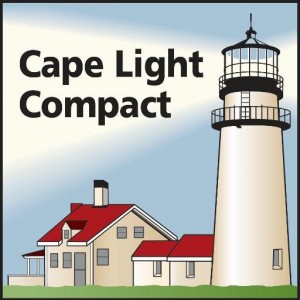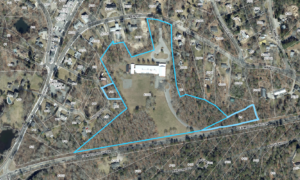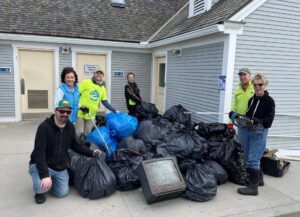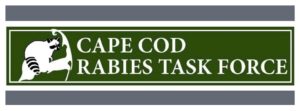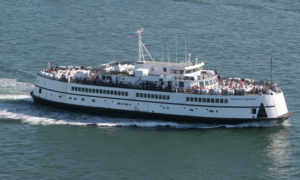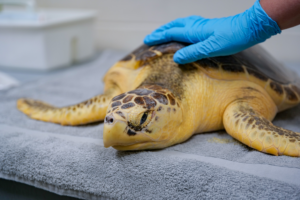
Credit: New England Aquarium
HYANNIS – Marine animal experts with the New England Aquarium are receiving data for the first time from a new kind of collection method: acoustic tags surgically implanted directly into rescued sea turtles.
The first-of-its-kind pilot program collected its first batch of data just off the coast of Nantucket, where acoustic receivers had multiple detections from three loggerhead turtles that had underwent the procedure.
Aquarium Director of Animal Health Dr. Charles Innis said turtles rescued off of Cape Cod have traditionally been tagged using either acoustic or satellite devices epoxied directly to the shell’s surface.
The new method of implantation will last longer and provide more consistent data.
Innis said one of the main data points they aim to gather from the tags is the long-term fate of turtles that leave the aquarium’s hospital, which hopefully go on to thrive in the wild.
The procedure is safe and performed while the turtles are recovering from stranding.
An incision is made just above the hip area of the turtle, and the tag is placed just beneath the skin, where it will harmlessly remain for the rest of the turtle’s life, according to Innis.
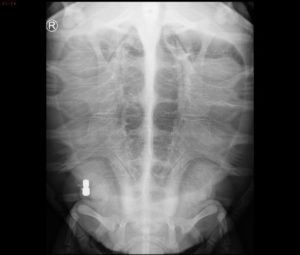
X-ray of “Captain Koolaid” showing the internal acoustic tag on the lower left. Credit: New England Aquarium
Acoustic tags are chosen because they are much cheaper than the live-feed satellite tags, as well as last longer.
“If we got a grant from a specific funder for say $10,000, we might be able to buy three satellite tags, whereas we might be able to buy 30 acoustic tags with the same amount of money,” said Innis.
Though the price difference is considerable, the acoustic tags do lose out on the real-time position tracking ability.
Instead, data can only be collected by manually checking records by listening buoys spaced throughout the region that will register when a tagged turtle swims by.
“This is sort of like an EZ-pass in your car, where every time you pass a receiver, the tag is detected. The same is true for these turtles,” said Innis.
“So we know for a few months or so after they were released, before we recovered these receivers, that they were swimming off the south coast of the Cape, Nantucket Sound and Vineyard Sound. And then they presumably have moved further south as they should be during the Autumn.”
Three turtles have been tagged so far, though Innis hopes to bring more turtles into the program with time.
As the cold-stunning season approaches on Cape Cod with the water temperature drop, Innis thanked residents for their assistance in contacting animal experts to collect any stranded sea turtles so they can be rehabilitated at the aquarium.










